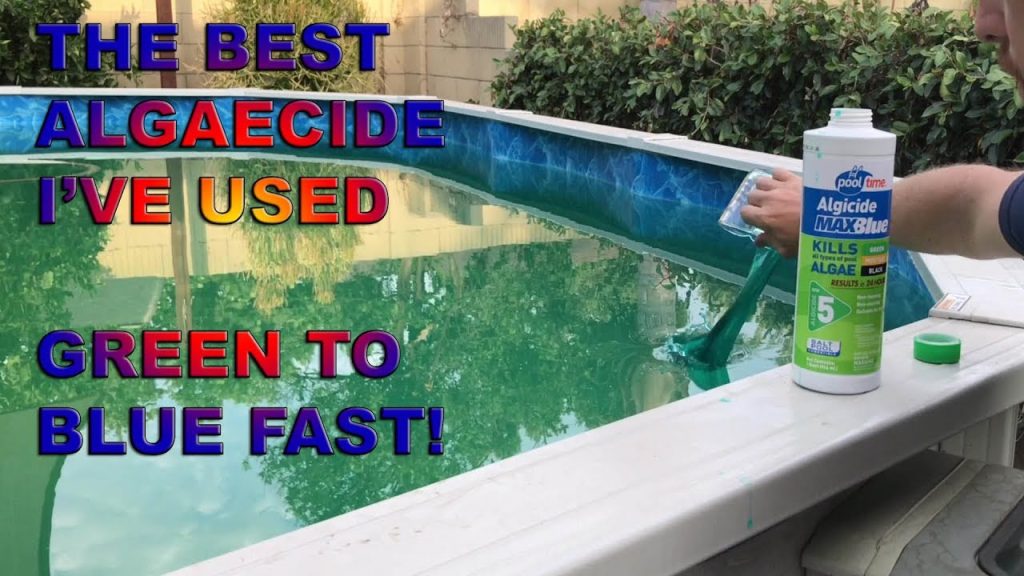Algae growth in your pool can be unsightly and unhygienic.
1. Identify the Type of Algae
Algae can be green, yellow, or black. Pool algae needs proper identification for effective treatment.
2. Test the Pool Water
Use a pool water testing kit to check the pH and chlorine levels as they can affect algae growth.
3. Brush and Vacuum the Pool
Brush the pool walls and floor to loosen the algae, then vacuum the debris using a pool vacuum.
4. Shock the Pool
Use a pool shock treatment to raise the chlorine levels significantly to kill the algae.
5. Scrub the Pool
Use a pool brush or scrubbing tool to scrub any remaining algae off the pool surfaces.
6. Algaecide Treatment
Consider using an algaecide treatment to prevent future algae growth in your pool.
7. Maintain Proper Pool Chemistry
Regularly test and adjust the pool’s pH and chlorine levels to prevent algae from coming back.
8. Clean Pool Filters
Dirty pool filters can harbor algae. Clean or replace filters regularly to keep your pool algae-free.
9. Use a Pool Cover
Covering your pool when not in use can prevent debris and sunlight that promote algae growth.
10. Professional Help
If algae infestation is severe, consider seeking professional pool cleaning services for thorough treatment.
Regular maintenance is key to keeping your pool clean and algae-free.
By following these steps, you can enjoy a sparkling clean pool all season long.
Have fun swimming in a crystal-clear pool!





